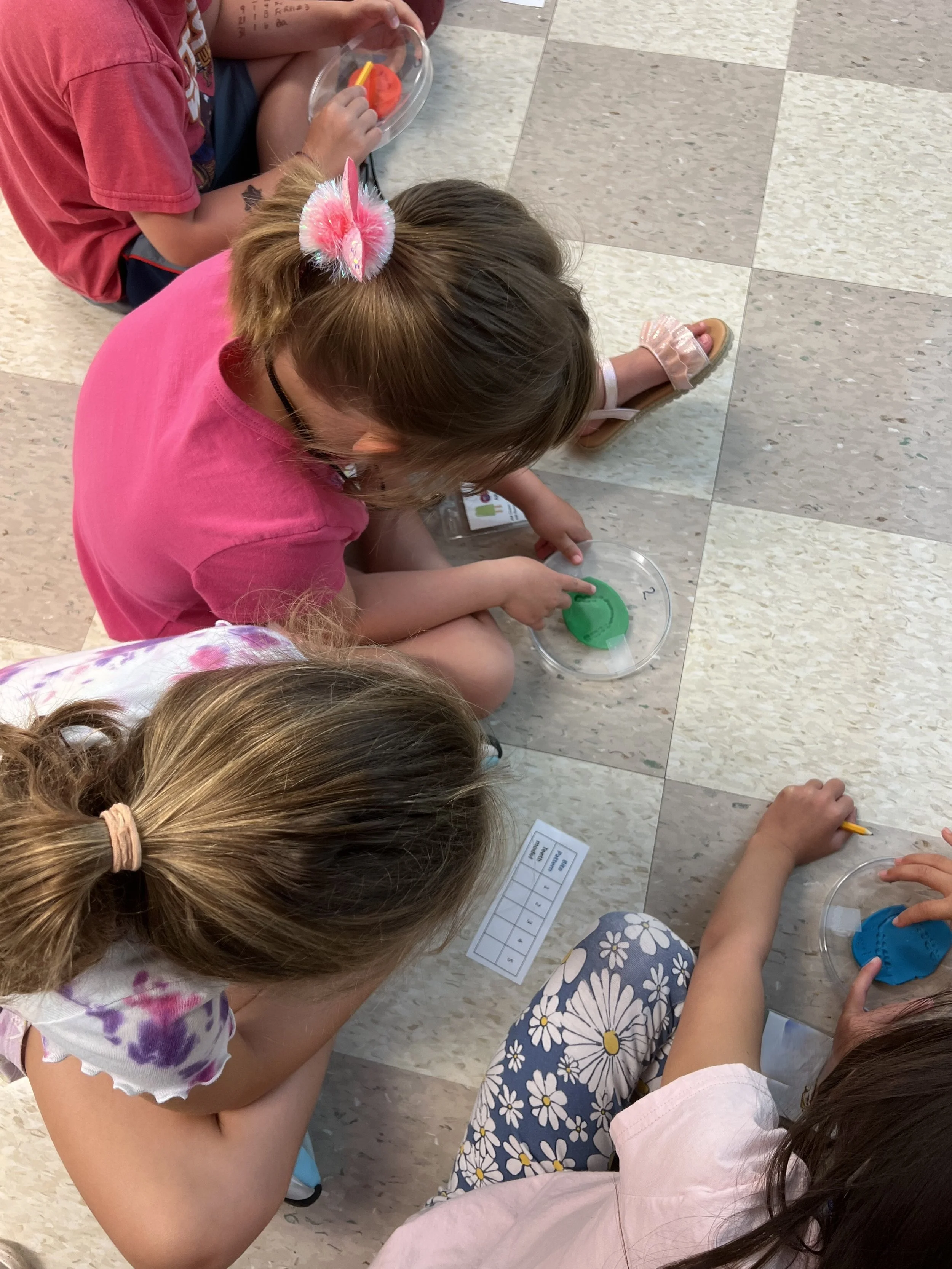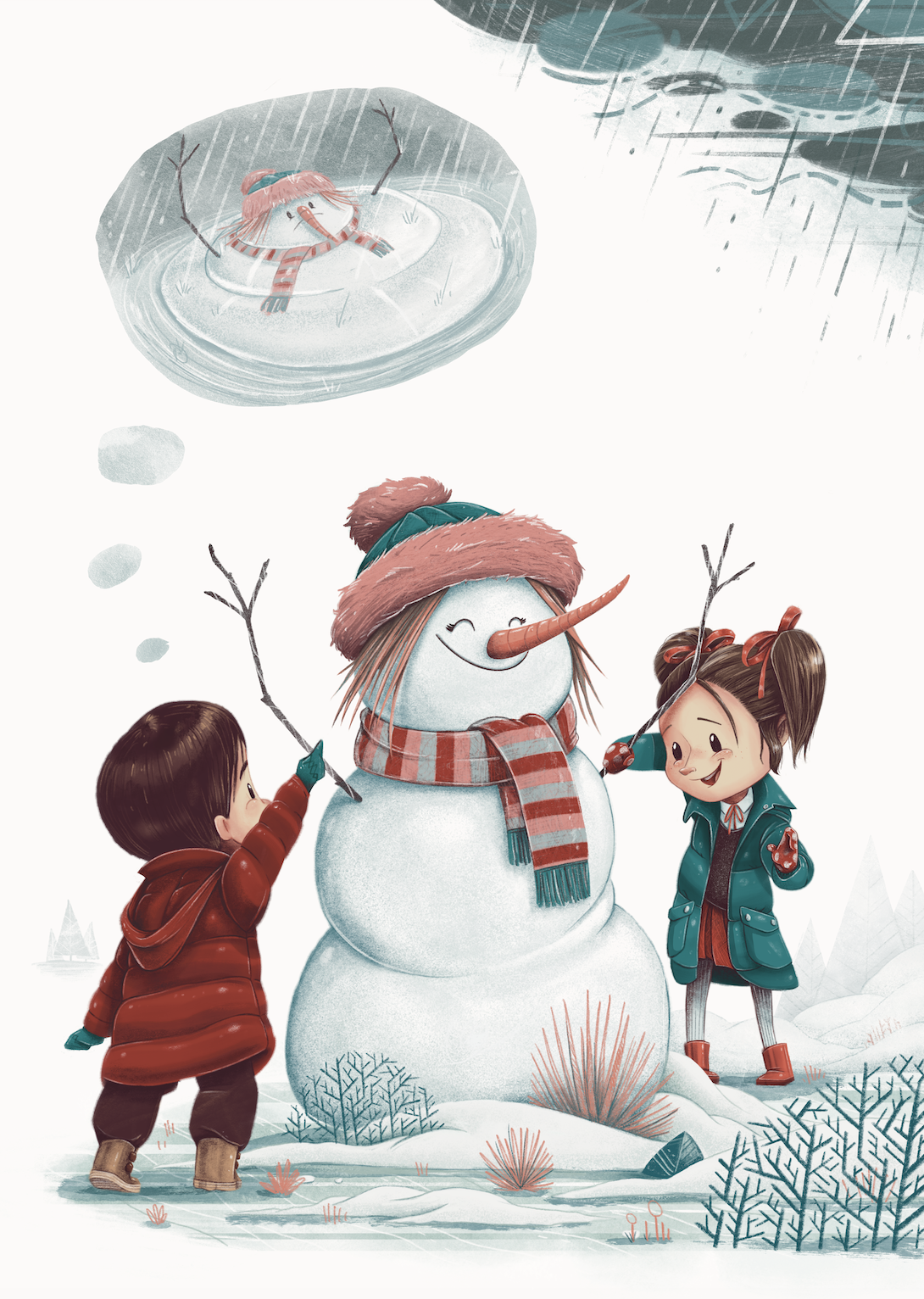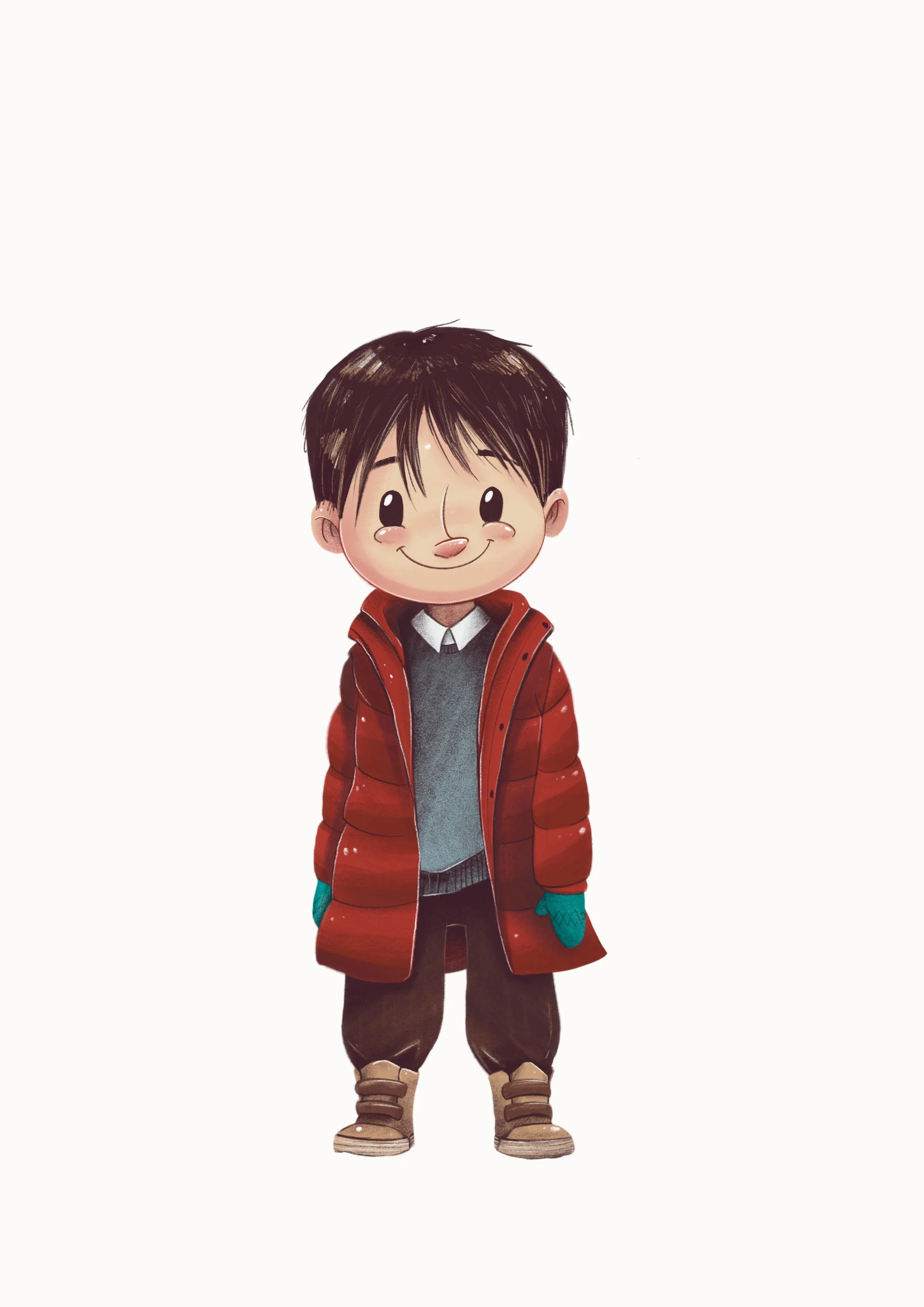Why play?
Play is a powerful path to deeper learning, supporting children’s holistic development, empowering teachers as facilitators, improving school-community connections, and helping governments achieve their goals for system transformation.
The importance of learning through play
Playful learning powerfully engages the whole learner – their interests, prior knowledge, experiences and goals for learning – driving them toward deeper, more profound discoveries.
Photo credit: Hans De Greve, VVOB
All children have the right to play, and high-quality, playful learning should be accessible to everyone – regardless of who they are and where they live. Yet, many schools and systems struggle to understand how to enact or evaluate this powerful approach. Unfortunately, many see playful learning as hands-on for learners and hands-off for teachers.
Global Play Lab consolidates and elevates new research on learning through play, making it freely available where possible to ensure more children can benefit from the power of play.
Photo credit: Stacy Donovan
We are dedicated to empowering schools and systems to bridge gaps between play and learning, preschool and school, classroom and community, and knowledge and skills.
Playful learning is not a ‘brain break’ – it is a brain activator. Researchers have found more and varied brain activity when children learn in rich, holistic and playful learning environments, compared to traditional passive settings.
Explore the research
At school
Do children learn through play at school? And if so, what impact does it have on their development?
Learning through play at school explored these questions and found that playful learning – when defined as holistic, fostering a range of skills, via approaches that are meaningful, socially interactive, iterative, actively engaging and joyful – is widely practiced and highly effective. At school, we call it project, problem or inquiry-based learning, or guided discovery, collaborative, cooperative, active or experiential learning.
Learning through play at school was the first of its kind. It established a unified language for the pedagogies of play in formal educational settings. Various partners have adopted it to advocate for policy and practice changes, and it is recommended reading for pre-service teachers at several universities in Australia.
A related journal article developed by the Founder and Associates of Global Play Lab, which presents a framework for policy and practice at school, has been viewed and downloaded more than 350,000 times.
In crises and conflict
Through play, we make sense of our world, and in times of chaos, play is therapeutic.
Few places in the world present greater challenges for students than Ukraine.
Yet, even amidst war and upheaval, Ukrainian learners and teachers discovered that playful learning provided a crucial way to process experiences, support one another and continue growing. Play helped them navigate uncertainty, build resilience, and find moments of joy and connection, even in the most difficult circumstances.
Learning Through Play at School Ukraine, a four-year initiative funded by the LEGO Foundation, revealed that play acted as a protective factor for children facing crisis. It supported their development throughout both the global pandemic and the invasion of Ukraine. Findings showed that children in intervention schools demonstrated more growth than those in control schools, and most teachers moved from a surface-level understanding of playful learning to a deeper, more integrated approach.
-
Learning Through Play at School, Ukraine stands apart as one of the first to capture the pre- and post-impact of war on children’s literacy and social-emotional skills. During one of the most significant crises of our time, dedicated educators and researchers provided world-first evidence on the role of playful learning in mitigating trauma and supporting long-term development.
Explore the research
Further reading
-
Children’s early learning experiences play a key role in shaping their achievement and growth during the first five years of school.
This UNICEF-funded study explored how disadvantage affects school performance, identifying socio-economic status, the impact of armed conflict and preschool attendance as the three strongest factors affecting achievement and growth.
Findings showed that children with strong social-emotional skills consistently outperformed peers with lower socio-emotional skills in mathematics and literacy. This study examined the impact of some of the most significant educational reforms in the history of the Philippines, such as the introduction of Kindergarten, the Mother Tongue-Based Multilingual Education policy and the K-12 Curriculum.
Explore the research
Further reading
In higher education
Higher education providers can play a meaningful role in playful, experiential learning when offering work-integrated learning and immersions that foster the real-world experiences and skills that bring course content to life.
Universities can support students to hone their skills as playful learning facilitators by establishing virtual and physical Playlabs and Makerspaces. These spaces support students to experiment together through play and experience firsthand the benefit of hands-on and minds-on learning - a key feature of transformative learning.
As a Guest Researcher at Maryville University St Louis’ Center for Access and Achievement, Global Play Lab’s Founder, Rachel Parker, has witnessed firsthand the role and impact of higher education in fostering effective communities of play and learning. Rachel has been a regular contributor to the Center for Access and Achievement’s STEM Learning Workshops, undergraduate education courses, and Science and Robotics Summer Camp
For inclusion
Playful learning is essential for some, good for all.
For neurodivergent children and those with disabilities, playful learning may take different forms depending on their needs. Inclusive playful learning is flexible. It can be highly structured or loosely guided, supporting all children, whether they thrive with movement and sound or order and calm. Designed to embrace differences, playful learning ensures that every child can engage in meaningful, accessible learning experiences.
-
Despite its prevalence, research and interventions on dyscalculia are scarce. All teachers teach children with dyscalculia, as every classroom is likely to include at least one child with dyscalculia. Prevalence is estimated as the same as dyslexia (between 2-10%), yet most people have never heard of it, and therefore cannot identify it and support children with dyscalculia.
In 2022, Rachel Parker was a Guest Researcher at Maryville University St Louis at the Center for Access and Achievement, where she piloted a professional learning program for teachers on dyscalculia and learning through play.
-
Global Play Lab is consolidating the evidence from this program, which will be published here soon. The program was revised and delivered in the US and Australia, finding significant improvements in teachers’ awareness, understanding and confidence in identifying and supporting children with dyscalculia.
For more information about Global Play Lab’s Dyscalculia and Learning Through Play Program, contact us.
For global citizenship
Global citizens appreciate and understand the interconnectedness of all life on the planet. They act or relate to others to make the world a more peaceful, just, safe and sustainable place (Parker & Fraillon, 2016).
Global citizenship education was identified as a feature of quality education a decade ago, when all 193 United Nations member countries committed to achieving the Sustainable Development Goals by 2030.
Since then, progress has been difficult to measure. We know many countries have mainstreamed global citizenship content and concepts into assessments, curricula and initial teacher education, but we know little about downstream quality and impact. We don’t know whether these efforts are fostering global citizens.
We need new ways and means to understand the flow-on effect – whether these reforms have reached the classroom and impacted learners.
-
A new Global Citizenship Education Monitoring Toolkit was created to enact these principles. Developed by ACER and UNESCO-APCEIU, this Toolkit maps a course for teachers, school leaders and education departments to embark on the personal and professional change process for effective global citizenship. The toolkit includes practical guidance, real-world examples and scenarios to challenge and support users to enact their vision for global citizenship education.
Explore the research
Further reading
Media
-
The answer lies in the newly adopted UN Recommendation for Peace, Human Rights and Sustainable Development, which describes how education can become a pathway to lasting peace via transdisciplinary approaches and pedagogies that:
Connect learning across subjects and diverse contexts
Support ‘active and collaborative’ learning that ‘integrates the social, emotional and behavioural components’ into education for sustainable development.
For example, when children explore over-consumption and waste through project-based learning, they develop knowledge and skills across several subjects while also learning to investigate, collaborate, assign roles, provide feedback and show empathy – all skills of the playful learner and global citizen.
Further reading
-
Acquiring the knowledge and skills to promote gender equality is part of SDG 4.7.
International studies show that while girls outperform boys in civic knowledge and are more engaged in social issues like environmental protection and equal rights, they are less likely to pursue active political participation. This gap highlights the need for educational reforms to address gender disparities and encourage girls to pursue leadership roles in politics and civic life.
Further reading
Measuring impact
Good assessments give learners the best chance of demonstrating their highest level of ability.
Let us consider this. What do you need to show your highest level of ability? Enough time? A quiet space? The chance to work with others? A problem to solve that interests you? Questions that you can relate to, as they were designed with your background and culture in mind? Problems that reflect the skills you have learned and can demonstrate? Questions that are easy, some that are harder and some that really challenge you?
Well-designed assessments consider these factors and more.
Assessments should measure what we value, and this applies to playful learning. If we say that learning through play improves children’s vocabulary, speaking and listening skills, problem solving and conflict resolution skills, empathy and self-regulation, we must measure these skills, even if it’s difficult.
All too often, we choose assessments because they are freely available rather than targeted to our needs. When we do this, we do not measure what we value.
-
Learning Through Play at School Ukraine addressed this issue by developing a bespoke, playful and engaging assessment designed to capture young learners’ literacy, social and emotional skills, including empathy, self-regulation and conflict resolution.
Children answered open-ended questions about characters and scenarios, and their responses were live-scored using a developmental rubric. Artwork was designed to be appealing, and all children reported enjoying the assessment.
The study generated world-first pre-and-post findings on the impact of the pandemic and invasion of Ukraine on children’s literacy and social-emotional skills.
For more information about this assessment, email repository@acer.org.
-
© ACER, artwork by Jake Minton




